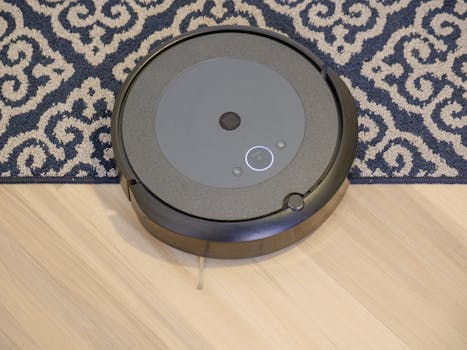
Smart Homes and Smart Living: The Technological Transformation of European Homes by 2025
Smart Homes and Smart Living is revolutionizing the way we live, work, and interact with our living spaces. The European home is undergoing a significant transformation, driven by advances in technology and shifting consumer preferences. By 2025, smart homes and smart living will become the norm, offering enhanced convenience, energy efficiency, and improved quality of life.
Introduction to Smart Homes and Smart Living
Smart homes and smart living refer to the integration of technology and automation in residential buildings to create a more comfortable, convenient, and sustainable living environment. This includes the use of internet-connected devices, sensors, and artificial intelligence to control and monitor various aspects of home life, such as lighting, temperature, security, and entertainment.
Key Trends and Technologies Driving Smart Homes and Smart Living
Several key trends and technologies are driving the adoption of smart homes and smart living in Europe, including:
- Internet of Things (IoT): The increasing number of internet-connected devices is enabling the creation of smart homes and smart living ecosystems.
- Artificial Intelligence (AI): AI-powered systems are being used to analyze data, learn patterns, and make decisions to optimize home automation and energy efficiency.
- 5G Networks: The rollout of 5G networks is providing faster, more reliable, and lower-latency connectivity, enabling the widespread adoption of smart home devices and applications.
- Voice Assistants: Voice assistants, such as Amazon Alexa and Google Assistant, are becoming increasingly popular, allowing users to control smart home devices with voice commands.
Benefits of Smart Homes and Smart Living
The benefits of smart homes and smart living are numerous, including:
- Enhanced Convenience: Smart homes and smart living offer enhanced convenience, allowing users to control and monitor their living environment remotely.
- Energy Efficiency: Smart homes and smart living can help reduce energy consumption, lower utility bills, and minimize carbon emissions.
- Improved Quality of Life: Smart homes and smart living can improve the quality of life, providing a more comfortable, safe, and healthy living environment.
Challenges and Limitations of Smart Homes and Smart Living
While smart homes and smart living offer many benefits, there are also challenges and limitations to be addressed, including:
- Cybersecurity: Smart homes and smart living are vulnerable to cybersecurity threats, which can compromise user data and privacy.
- Interoperability: The lack of standardization and interoperability between smart home devices and platforms can create compatibility issues and limit user choice.
- Cost: Smart homes and smart living can be expensive, making them inaccessible to many consumers.
Conclusion and Future Outlook
In conclusion, smart homes and smart living are transforming the European home, offering enhanced convenience, energy efficiency, and improved quality of life. While there are challenges and limitations to be addressed, the benefits of smart homes and smart living are clear. By 2025, smart homes and smart living will become the norm, driven by advances in technology, shifting consumer preferences, and the need for more sustainable and efficient living environments.






